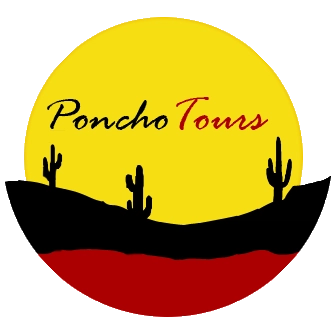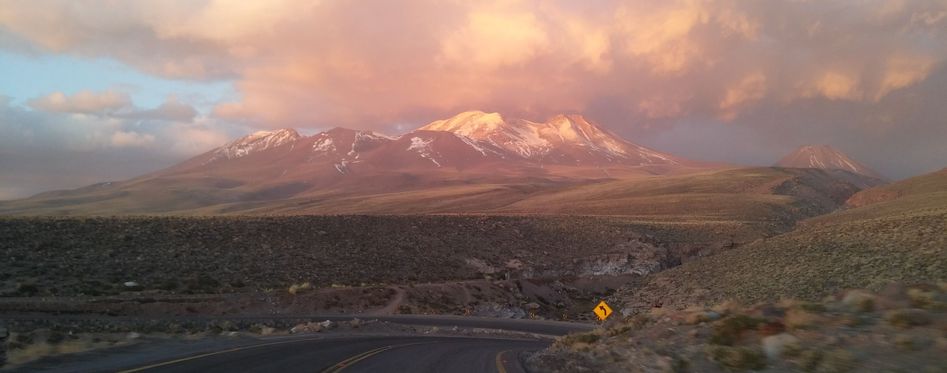After more than three years without visiting the Chile Atacama, we at Poncho Tours have now been across the Andes four times in three months (and I’m off again in February).
A tour we think you'll love
As you’ll already know if you read our blog, Chile was the last country in South America to re-open its borders after the pandemic: only in May last year could we resume. (Argentina, by comparison, fully re-opened in November 2021).
If you’re planning a holiday in the Atacama, I am glad to report that San Pedro, such a tourist hub, is gradually recovering from the Covid shutdown.
On my most recent visit after Christmas (when, incidetntally, we were only required to show vaccination certificates on return to Argentina), it seemed to be particularly popular with Brazilians.
Continental Europe seemed well represented, but the locals told me they were still waitng for the return in force of visitors from the UK and Canada.
San Pedro has always had a slightly weird mix of very young, usually heavily sunburnt, backpackers thronging the Happy Hour bars in the main street of Caracoles, mixed in with high end older clientele who tend not to venture too far from their luxury all-inclusives.
While still not up to full capacity tourist-wise, the main problem locals I spoke to commented on was the lack of casual workers for bars and restaurants.
One thing, though, that has been frustrating for those of our guests on round-trips tours of the Atacama with us is that we haven’t been able to return via Paso de Sico, the crossing further south.
This takes us through Socaire, on a road which climbs to 3,500m altitude, and offers great views of the immense Salar of Atacama (the second biggest in the world after Salar de Uyuni).
This route also allows us to visit the spectacular Altiplano lagoons of Miscanti and Miniques. We also take in the Salar of Talar and Laguna Tuyanto through stunning Altiplano scenery on the way to Paso de Sico, where we cross the Andes into Argentina.
Unfortunately, the border is currently open only to lorries. While mining (and particularly lithium) is vital to both countries’ economies, surely tourism is not far behind?
Back in November, Salta’s provincial government formally requested the re-opening of the integrated border crossing at Sico (basically this means you do all the customs paperwork in one place, as at Jama).
But so far the plea has fallen on deaf ears, despite meetings with the Chilean ambassador to Argentina, Barbara Figueroa Sandoval.
My sources within Chile suggest none of the customs or immigration officers are prepared to return to the frontier until their housing is improved. (Apparently the heating packed up, and temperatures up there can reach 20 below freezing!)
Meanwhile, we have been waiting decades for Route 51 from Salta to Sico to be fully tarmacked: another bone of contention between the two neighbours.
Still, it seems shortsighted to refuse to allow crossings even to those who know the route (like us), and not even to offer the opportunity to do paperwork in the customs office of San Pedro (as we used to do before the border was fully integrated).
I will keep you posted on this blog on any changes to the situation, so hopefully before the year is out you can join me to marvel at the Atacama desert night sky.
- · The Gustavo le Paige museum, named after the Belgian Jesuit priest who did much of the pioneering excavation of the Atacama region in the mid 20th century, has been re-opened in a storeroom belonging to the Universidad Catolica del Norte. This follows years of controversy over a new building which was never constructed. Sadly, it exhibits a much-reduced collection, mainly of tools, ceramics, utensils and religious images. Mummies that were on show in the original museum have been removed after objections from some leaders of the indigenous community. It’s a ten minute walk from the centre. Link to map here.





